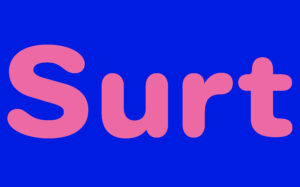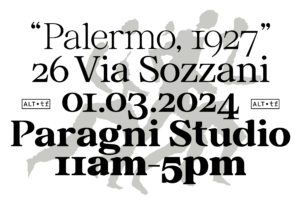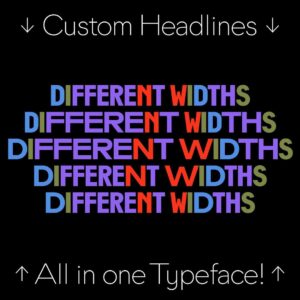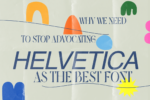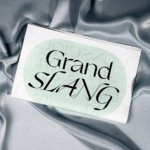It’s only been a year and a half since Pangea was first released (more on that here), but thanks to the ongoing donation of a quarter of all designer royalties, over 75,000 trees have been planted, and at least 2,600 tonnes of CO2 has been offset. Now, with the release of Pangea Afrikan, the eco-conscious superfamily continues to pursue its second major goal: connecting cultures and continents.
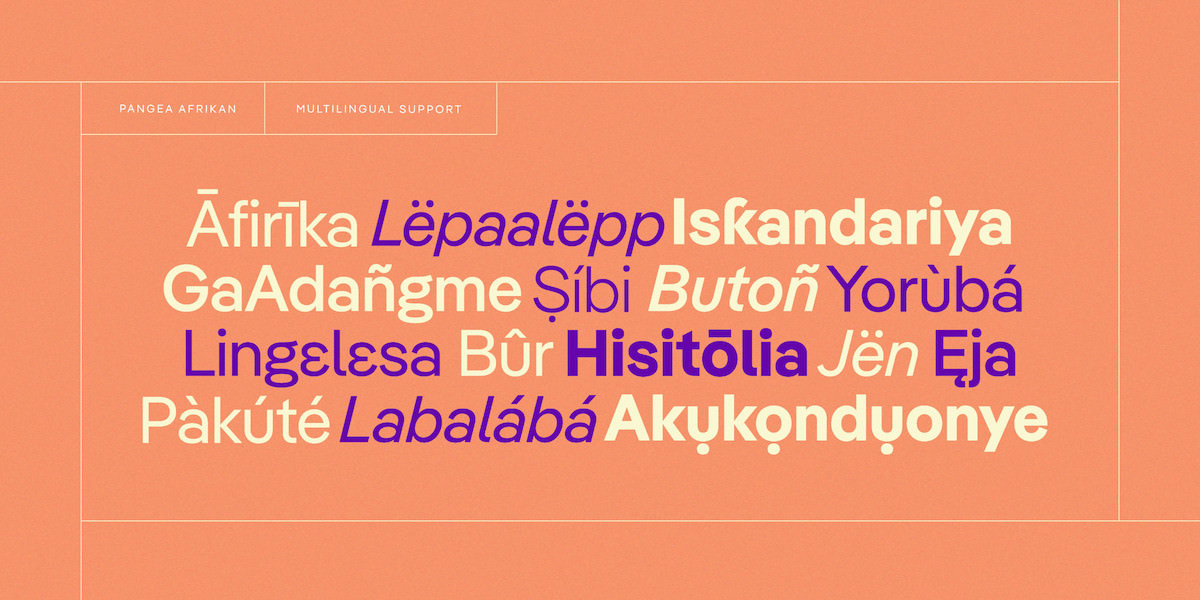
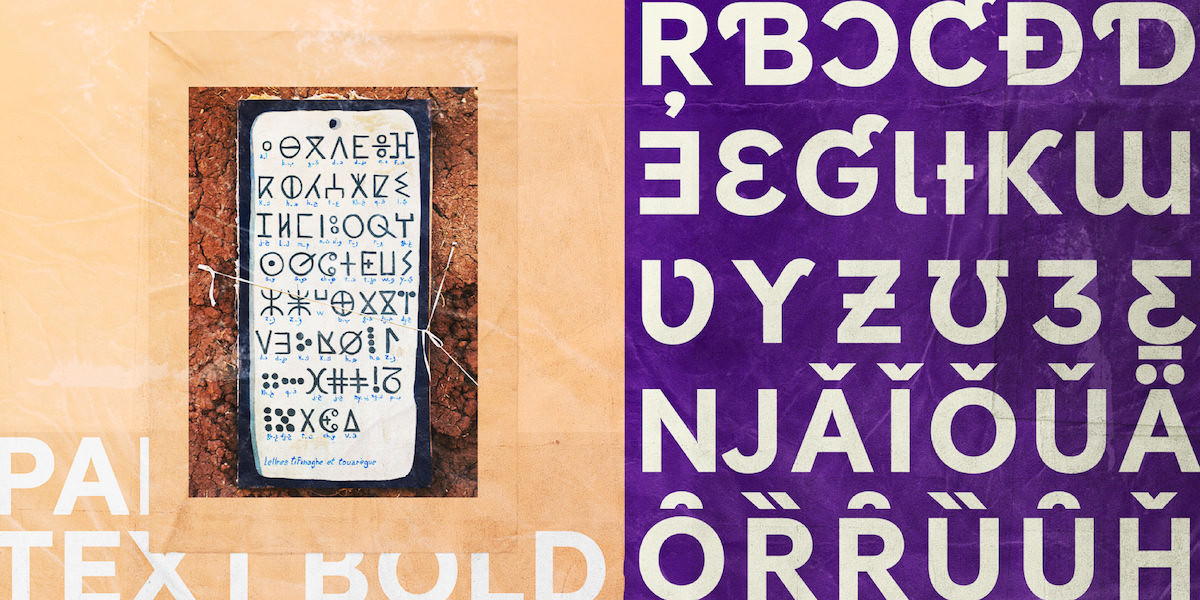
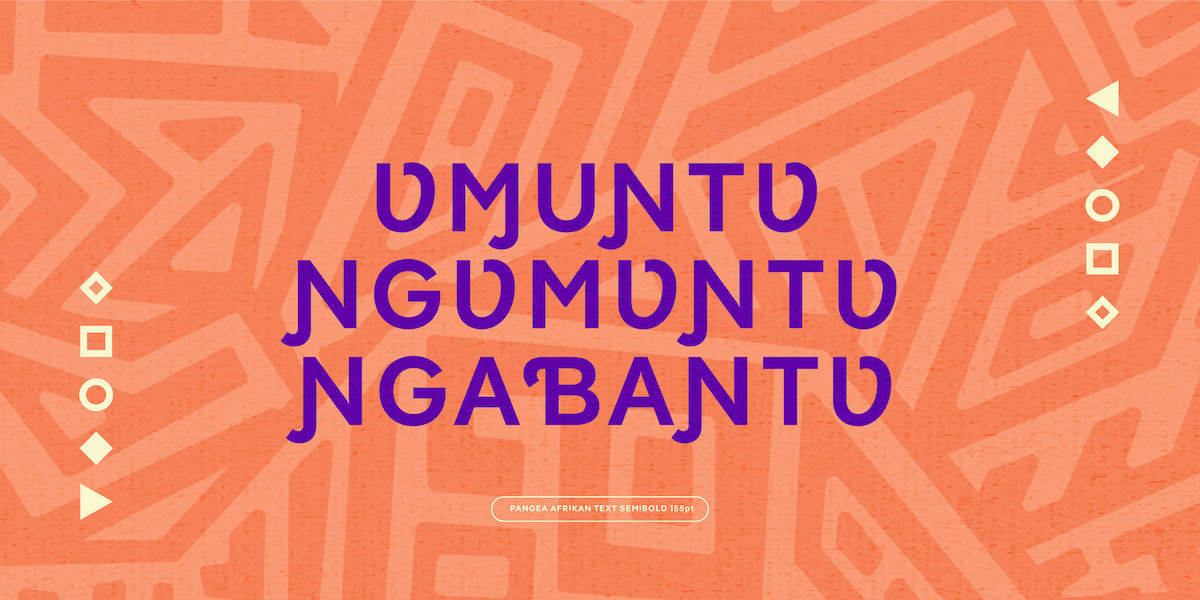
One way in which Pangea does this is by promoting underrepresented languages. From the outset, Pangea included European Latin, Greek, Extended Cyrillic (including overlooked languages such as Kyrgyz or Bashkir) and Vietnamese as well as characters for the transcription of Arabic and Sanskrit. The next language extension milestones planned are Hebrew and Arabic (Persian, Urdu, Dari as well as Pashto). But first up, we welcome the addition of Pangea Afrikan.
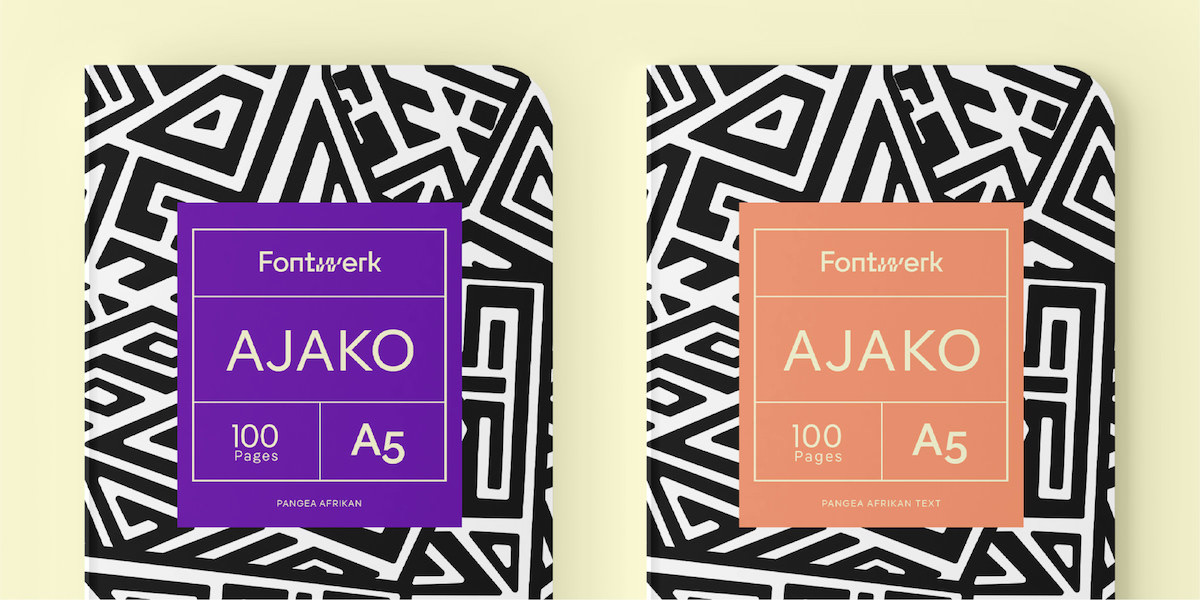
Designer Christoph Koeberlin sees Pangea as an inclusive typeface family. Its name refers to his approach of considering different cultures and continents as part of a common whole. His continuous language extensions challenge Western conventions, as more often than not successful typefaces usually only represent the alphabets of Europe and America. Pangea Afrikan marks an important milestone in this respect: it adds Latin African to its language toolbox. Providing support for languages including Hausa, Yoruba, Igbo, Lingala, Mende, and Umbundu, as well as some indigenous North American languages such as Lushootseed and Navajo – the languages of over 430 million people.
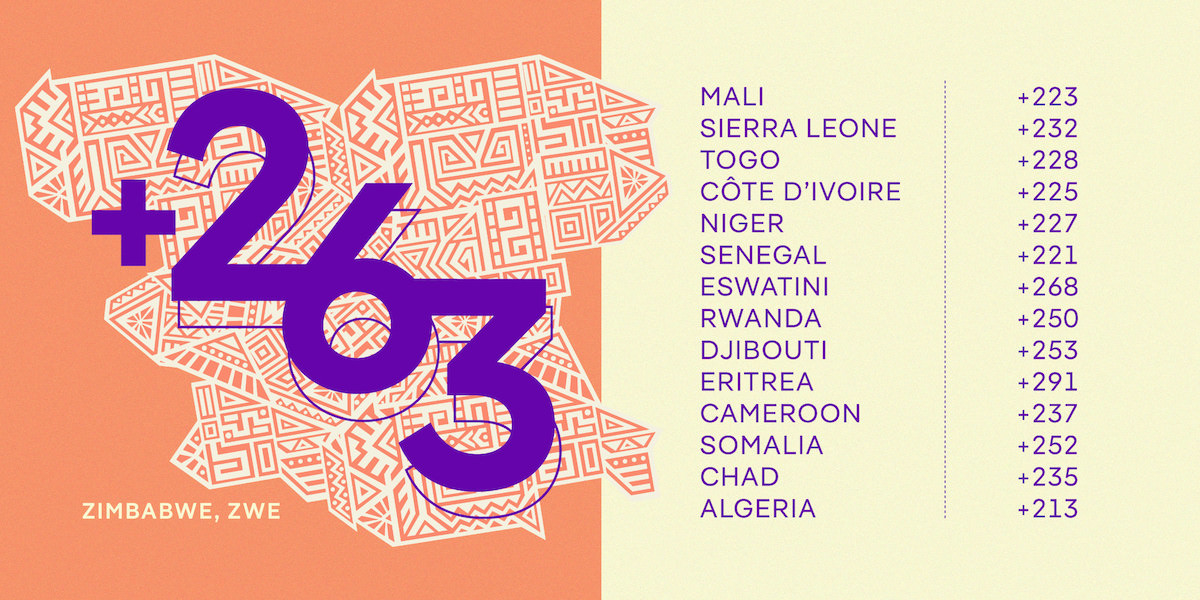
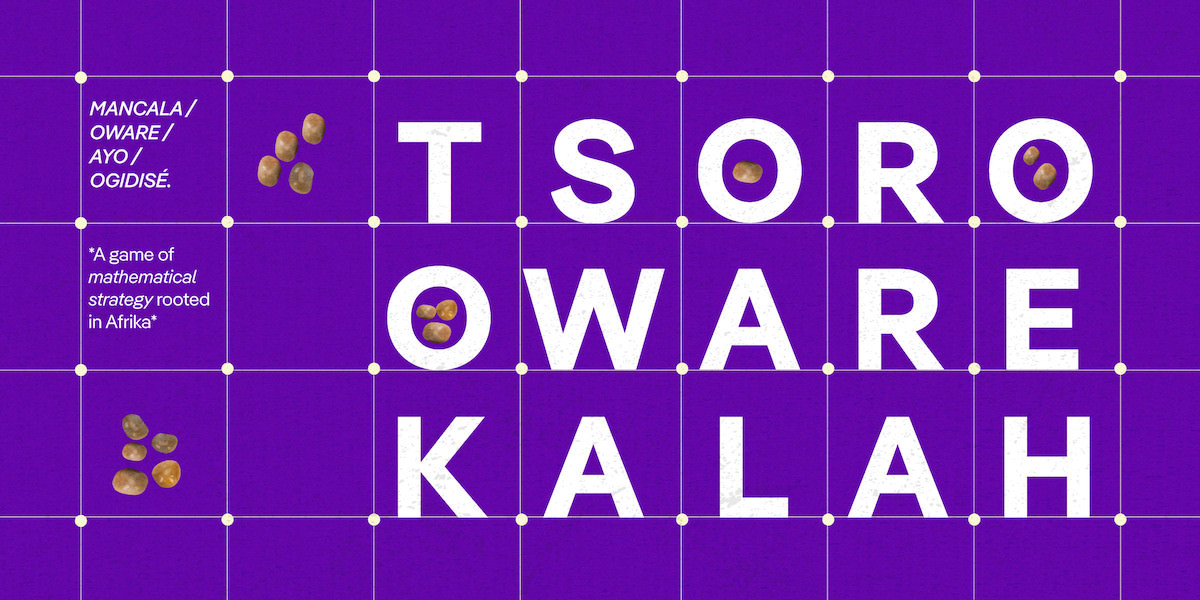
Fontwerk’s mission is to make typography affordable and accessible to all. “We don’t want to make extensive language support like Cyrillic, Greek or Arabic an expensive additional barrier or obstacle to great typography,” they write. “With this comprehensive update, we even go one big step further based on Christoph’s suggestion: Pangea Afrikan is permanently free of charge and included in the Standard License! We hope that brands, agencies and individual designers will be able to benefit from this.”
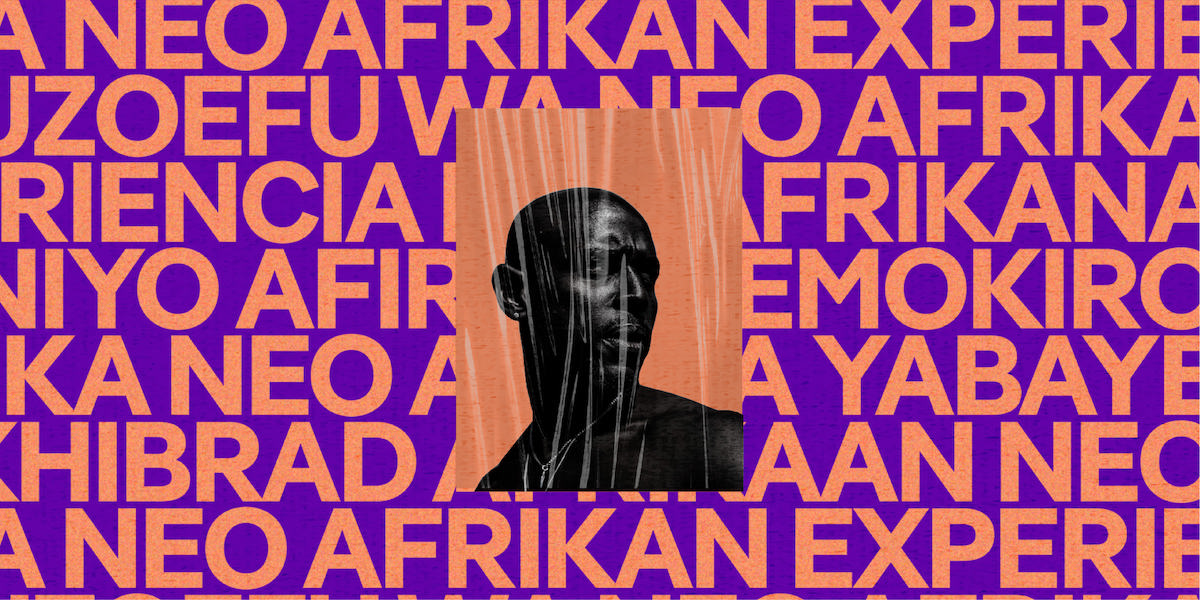
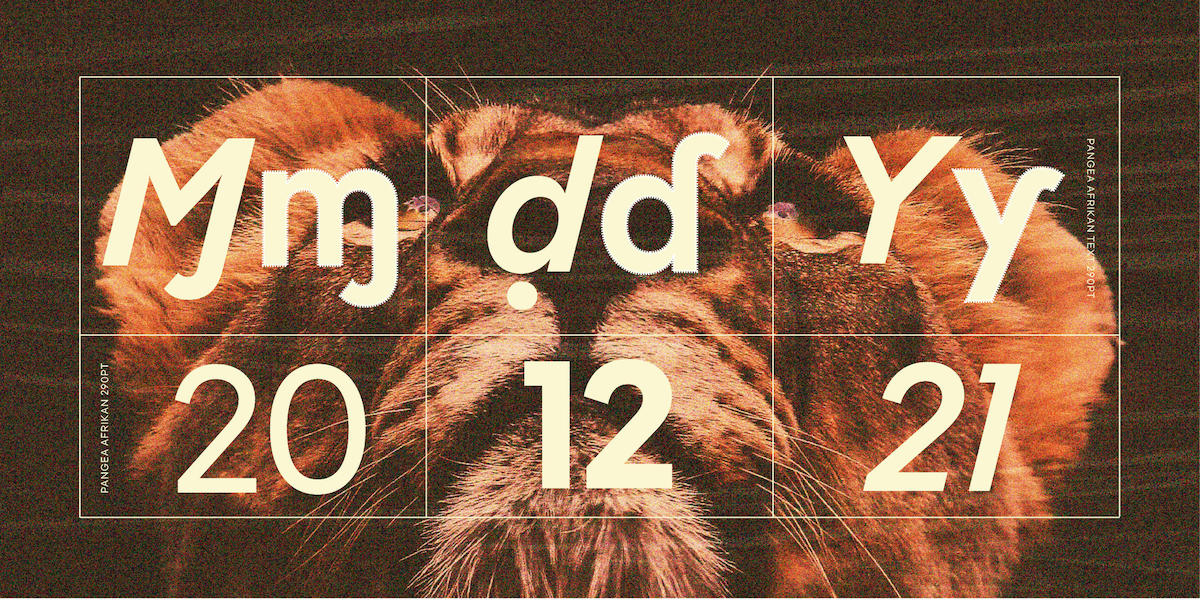
Stylistically, the extension remains true to the tried and tested Pangea formula: the space-saving compactness of the narrow typefaces of the mid-20th Century is transferred to a straightforward, geometric sans serif. That means a stately x-height, ascenders that correspond to the capital letters, and letters that are hardly open. The font owes its finely balanced lightness to diagonal ends and round dots. With two optical sizes, Pangea Afrikan and Pangea Afrikan Text, something that is rather rare in the geometric genre, users get enormous flexibility and design consequence.
This update does not mean the end of the language extension. Together with local designers, additional Non-Latin alphabets such as N’Ko or Geʽez are in the works. These will also be available to existing and future customers at no cost. Until then, however, a little patience is required and it is important to trust the Tanzanian proverb ‘Haraka Haraka haina baraka’ (Hurry hurry has no blessings).
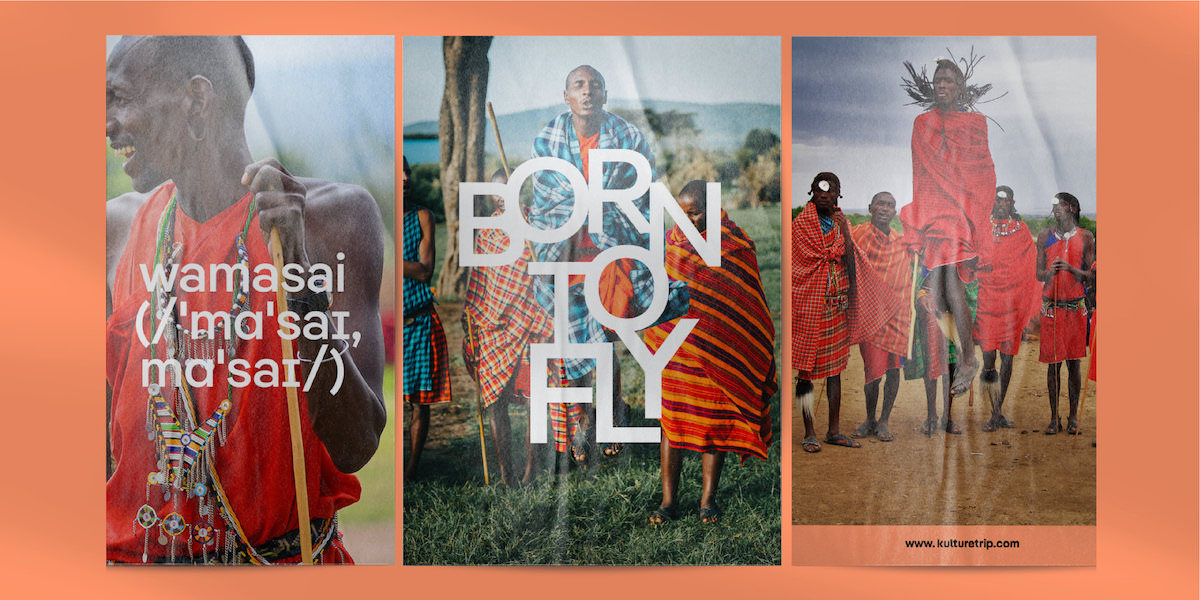
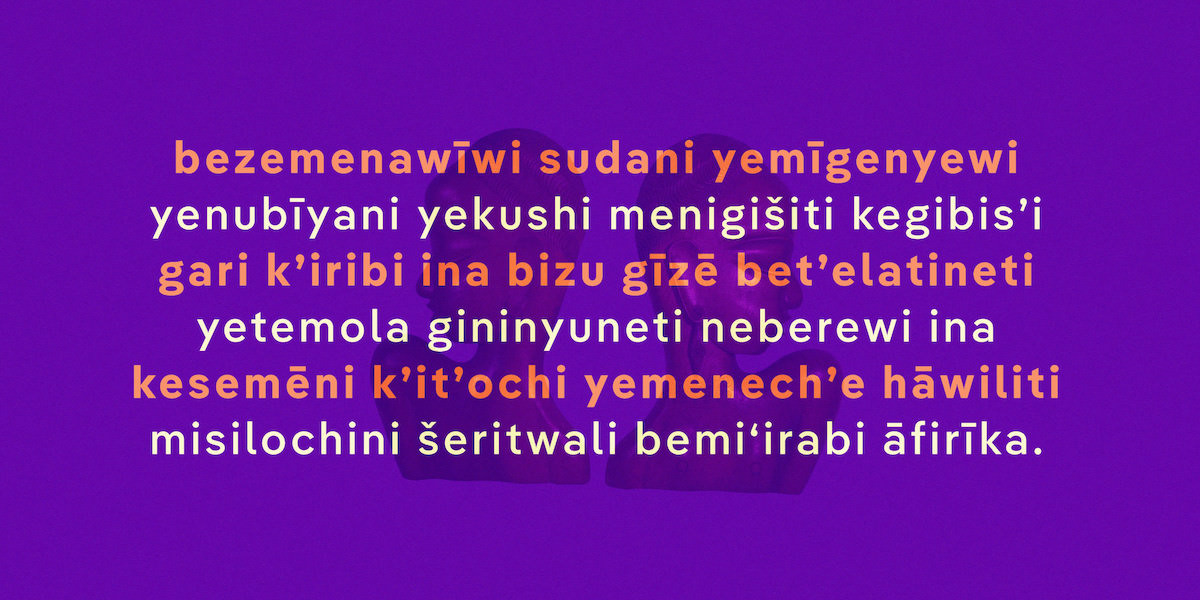
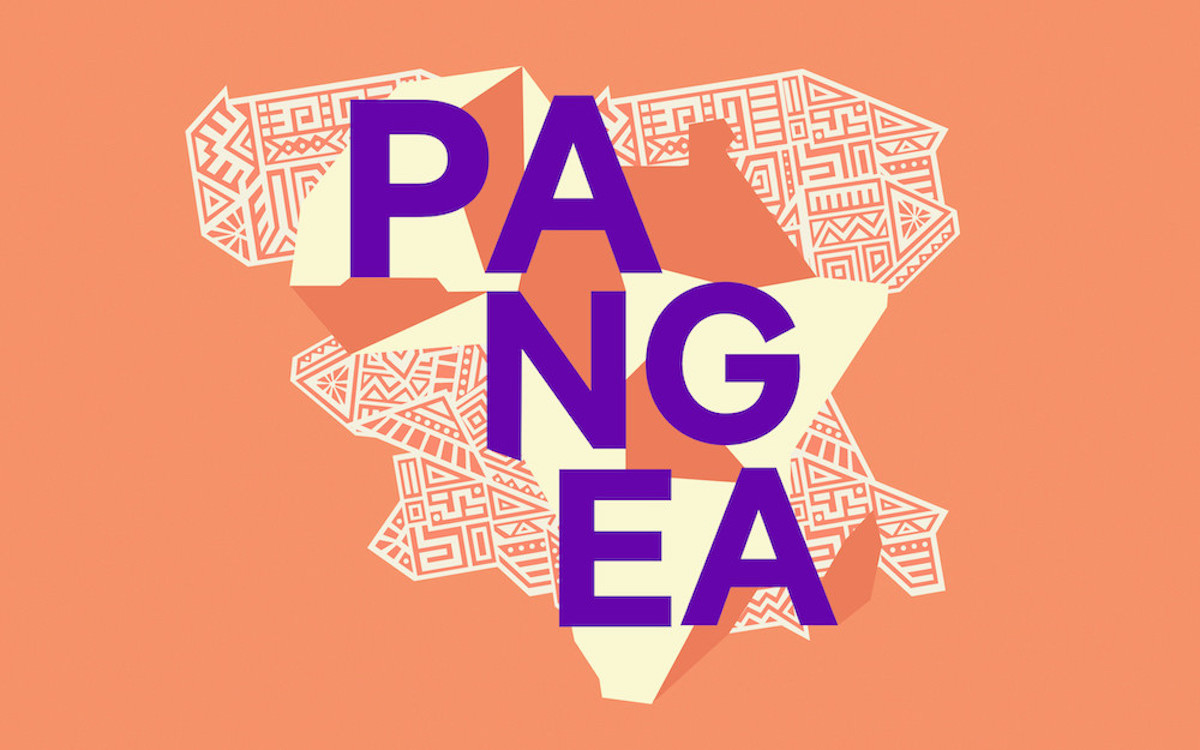
With 25% of Christoph’s profits from Pangea going straight to the preservation of the rainforest and large-scale reforestation projects involving the local population (Trees for the Future, The Green Belt Movement, Fairventures Worldwide), Christoph and Fontwerk’s work on Pangea enforces type’s power to make positive change.
Find more on Pangea Afrikan over at Fontwerk.


